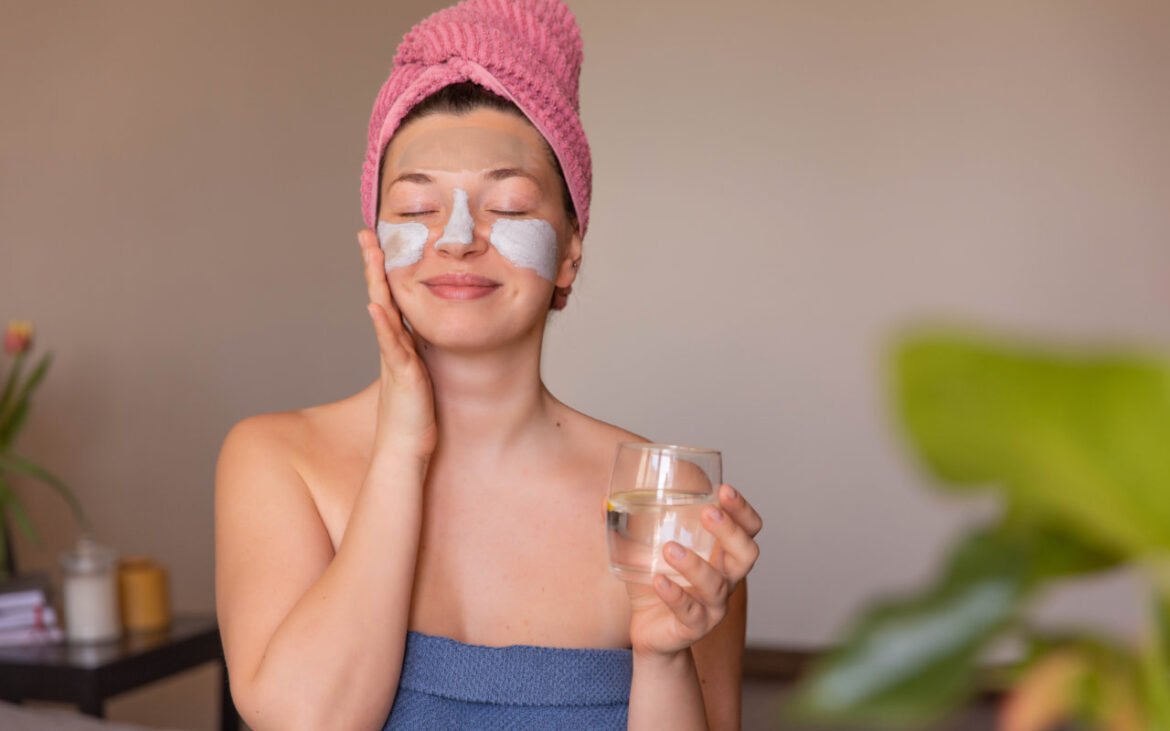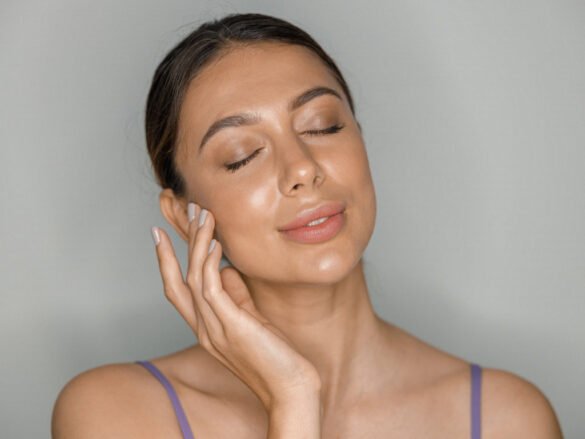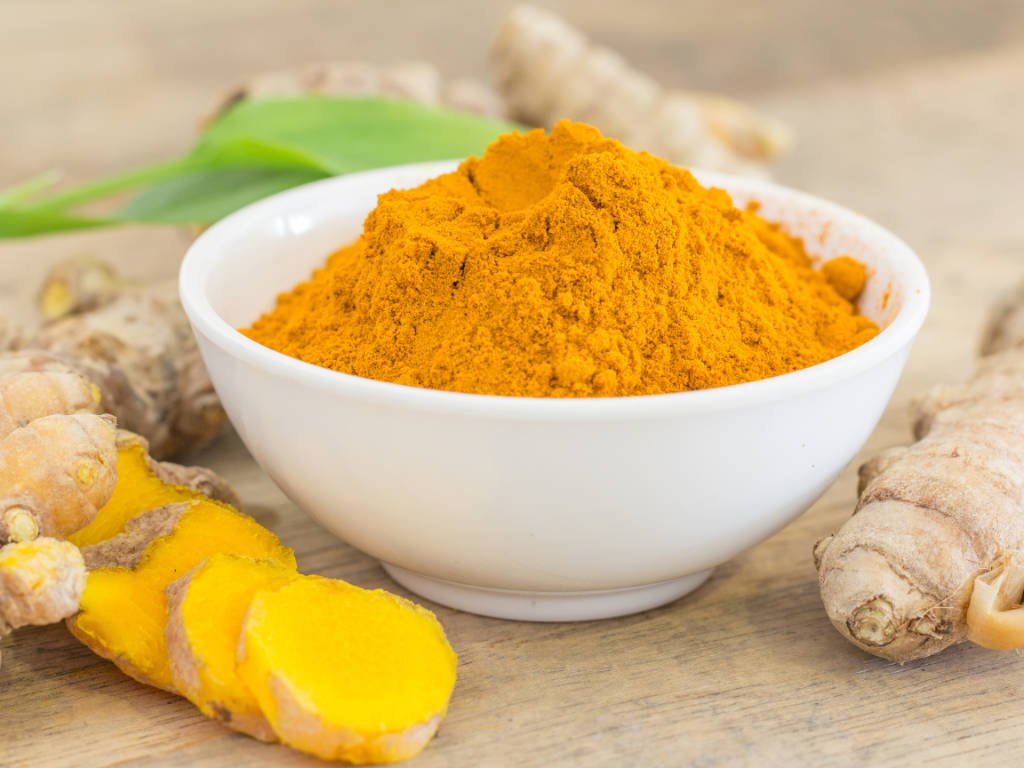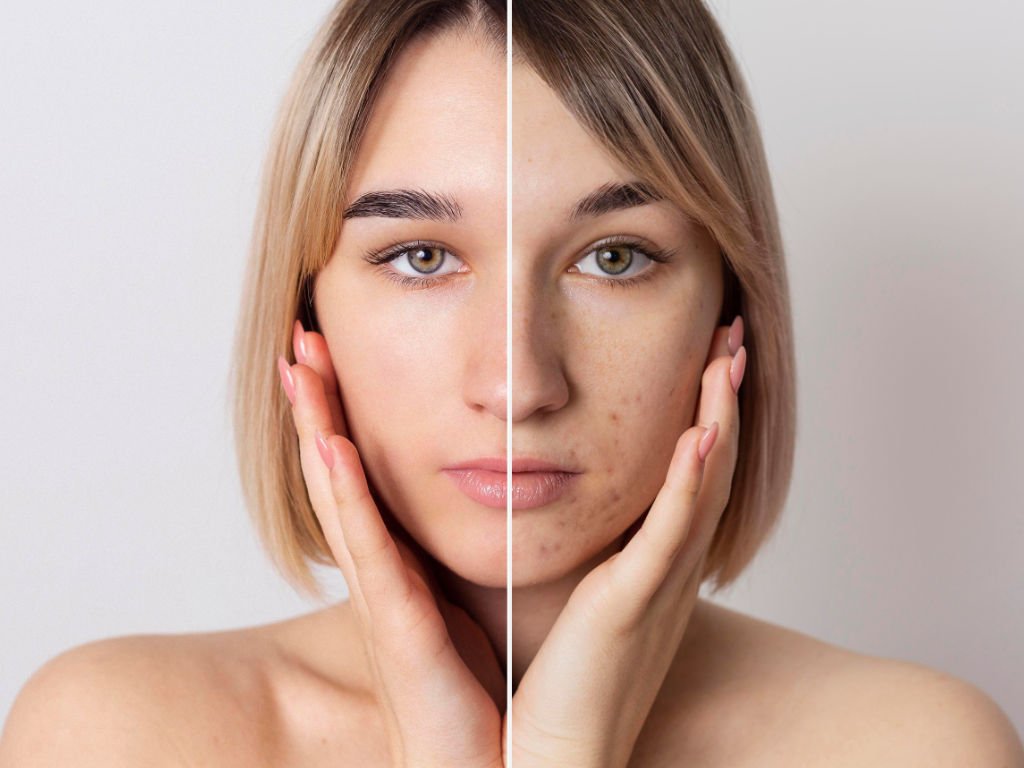Ever looked in the mirror and wondered why your skin feels tight, looks dull, or seems to have lost that natural glow you once had? You’re definitely not alone in this struggle. The secret to transforming your skin might be simpler than you think – it’s all about mastering the right hydration techniques. When your skin is properly hydrated, it doesn’t just look better; it actually functions better, creating that enviable radiance we all crave.
Think about it: our skin is about 64% water, making hydration absolutely crucial for maintaining that healthy, youthful appearance. Yet so many of us focus on expensive treatments and complex routines while overlooking the fundamental power of proper hydration techniques. Today, we’re diving deep into the world of skin hydration – from understanding what your skin really needs to discovering practical methods that’ll have you glowing from the inside out.
What Does Proper Skin Hydration Actually Mean?
Let’s get one thing straight – hydration in skincare isn’t just about slapping on any moisturizer and calling it a day. True hydration is about infusing your skin with water and then helping it retain that moisture for as long as possible. When we talk about well-hydrated skin, we’re looking at skin that appears supple, elastic, and smooth – basically, that coveted youthful glow that makes people ask about your skincare secrets.
Here’s what happens when your skin gets the hydration it deserves: the cells plump up with water, fine lines become less noticeable, and your complexion takes on this natural luminosity that no highlighter can replicate. Your skin also becomes more resilient against environmental stressors like pollution, harsh weather, and even stress itself.
But here’s where it gets interesting – dehydrated skin isn’t the same as dry skin. You can actually have oily skin that’s dehydrated! Dehydration is about lack of water, while dryness is about lack of oil. This is why some people with oily skin still experience tightness, flakiness, or dullness – classic signs that their hydration techniques need some serious upgrading.
Good hydration forms the foundation of any effective beauty routine. It supports your skin’s natural barrier function, promotes healthier cell turnover, and creates the perfect canvas for any other products you might use. When your skin is properly hydrated, serums absorb better, makeup applies more smoothly, and you’ll need less product overall to achieve better results.
The Science Behind Hydrated, Beautiful Skin
Your skin’s barrier function is like a sophisticated security system – when it’s working properly, it keeps good stuff in (like moisture) and bad stuff out (like bacteria and irritants). Research shows that proper hydration is essential for maintaining this barrier integrity, which directly impacts how healthy and youthful your skin appears.
The outermost layer of your skin, called the stratum corneum, is made up of dead skin cells held together by lipids (fats). When this layer is well-hydrated, it’s flexible and smooth. When it’s dehydrated, it becomes rigid and can crack, leading to irritation, sensitivity, and that dreaded rough texture.
Transform Your Skin with These Proven Hydration Techniques
How Can Water-Based Skincare Revolution Your Routine?
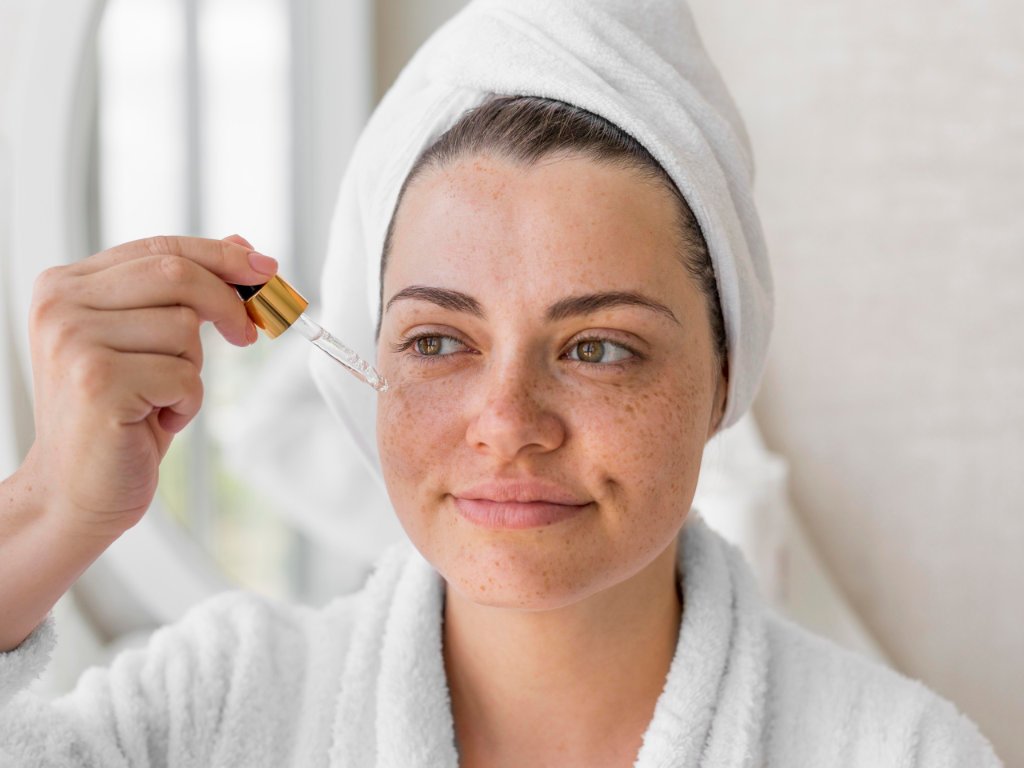
Water-based products are absolute game-changers, especially if you’ve been struggling with heavy, greasy moisturizers that sit on top of your skin rather than absorbing properly. These lightweight formulations – think gels, essences, and water-based serums – deliver hydration deep into your skin without that suffocating feeling.
The beauty of water-based skincare lies in its versatility. Whether you have oily, combination, or even sensitive skin, these products work harmoniously with your skin’s natural moisture levels. They’re particularly fantastic during warmer months when heavier creams might feel overwhelming.
Some standout water-based products include hyaluronic acid gels (more on this miracle ingredient later), lightweight gel moisturizers, and hydrating toners or essences. The key is to apply these products to slightly damp skin – this helps lock in even more moisture and enhances absorption.
What Are the Moisturizing Secrets Professionals Swear By?
Professional estheticians have a few tricks up their sleeves that can dramatically improve your hydration techniques. First, timing is everything. The golden rule? Apply your moisturizer within three minutes of cleansing or showering while your skin is still slightly damp. This traps water molecules under the moisturizer, creating a more effective hydrating barrier.
Creams versus gels – this choice can make or break your hydration game. Creams are typically better for dry skin types or nighttime use because they contain more occlusive ingredients that create a protective seal. Gels, on the other hand, are perfect for oily or combination skin and work beautifully during the day under makeup or sunscreen.
Here’s a professional secret: layering is key. Start with a hydrating serum or essence, let it absorb for about 30 seconds, then follow with your moisturizer. This technique, called the “sandwich method,” can boost your skin’s hydration levels significantly. Some people even add a facial oil as the final step for extra nourishment – just a few drops pressed gently into the skin.
Don’t forget about your neck and décolletage area! These spots are often neglected but show signs of aging just as quickly as your face. Extend your hydration techniques to these areas for a more comprehensive approach to skin health.
Which Hydrating Ingredients Should You Be Using?
Let’s talk about the superstar ingredients that can transform your skin’s hydration levels. Hyaluronic acid is probably the most talked-about hydrating ingredient right now, and for good reason. This miracle molecule can hold up to 20-30 times its weight in water! Studies indicate that hyaluronic acid not only attracts water to the skin but also helps maintain optimal moisture levels throughout the day.
Glycerin is another powerhouse ingredient that often gets overlooked. It’s a humectant, meaning it draws moisture from the environment into your skin. What’s great about glycerin is that it’s gentle enough for sensitive skin but effective enough to make a real difference in hydration levels.
Aloe vera brings both hydrating and soothing properties to the table. It’s particularly beneficial if you’re dealing with irritated or inflamed skin, as it can calm redness while providing that essential moisture boost.
Other ingredients to look for include ceramides (which help restore the skin barrier), niacinamide (which can improve the skin’s ability to retain moisture), and peptides (which support collagen production for plumper-looking skin).
When shopping for hydrating products, check the ingredient list – you want these powerhouse ingredients to appear in the first five ingredients for maximum effectiveness. And remember, more isn’t always better. Sometimes a simple formula with a few high-quality hydrating ingredients will outperform a product packed with dozens of different components.
Why Is Internal Hydration Just as Important?
Here’s something that might surprise you: your skin’s hydration levels are significantly impacted by how much water you’re drinking. Research demonstrates that adequate water intake maintains skin elasticity, promotes cell turnover, and supports the body’s natural detoxification processes.
While the “8 glasses a day” rule is a good starting point, your actual hydration needs depend on factors like your activity level, climate, and overall health. Pay attention to your skin – if it’s looking dull or feeling tight despite your topical skincare routine, you might need to increase your water intake.
But here’s the thing: plain water can get boring. Spice things up with herbal teas (chamomile and green tea have additional skin benefits), infused water with cucumber or lemon, and hydrating fruits like watermelon, oranges, and strawberries. These options not only help with hydration but also provide antioxidants and vitamins that support overall skin health.
Foods with high water content can also contribute to your skin’s hydration levels. Think cucumbers, celery, tomatoes, and leafy greens. Incorporating these into your daily meals creates a comprehensive approach to hydration that works from the inside out.
How Do You Customize Hydration for Your Skin Type?
This is where hydration techniques get really personal. What works for your friend’s skin might not work for yours, and that’s completely normal. Let’s break down the best approaches for different skin types:
Oily Skin Hydration Secrets
Contrary to popular belief, oily skin needs hydration too! The mistake many people make is skipping moisturizer because they think it’ll make their skin more oily. Actually, when oily skin is dehydrated, it can produce even more oil to compensate.
For oily skin, focus on lightweight, non-comedogenic gels and water-based serums. Look for ingredients like hyaluronic acid and niacinamide, which provide hydration without clogging pores. Avoid heavy creams and oils, especially during the day.
Dry Skin Hydration Strategy
If you have dry skin, you need both water and oil to achieve optimal hydration. Start with a hydrating serum or essence, then layer a richer cream or even a few drops of facial oil on top. Don’t be afraid of slightly heavier formulations – your skin can handle and benefit from them.
Overnight masks or sleeping packs can be game-changers for dry skin. These intensive treatments work while you sleep to restore hydration levels and repair the skin barrier.
Combination Skin Balance
With combination skin, you’re essentially dealing with two different skin types on one face. Use lighter, water-based products on your T-zone (forehead, nose, and chin) and slightly richer formulations on the drier areas of your face (usually the cheeks and around the eyes).
Some people find it helpful to use different products on different areas of their face, but if that feels too complicated, look for lightweight moisturizers that work well for combination skin.
Building Hydration-Focused Beauty Routines That Actually Work
What Should Your Morning Hydration Routine Look Like?
Morning hydration techniques should focus on protecting and prepping your skin for the day ahead. Start with a gentle cleanser that doesn’t strip your skin’s natural moisture, then apply a hydrating toner or essence to prep your skin for the next steps.
Follow with a vitamin C serum (which also has hydrating properties) and then your moisturizer. Don’t forget sunscreen – UV damage can actually dehydrate your skin over time, so protection is part of your hydration strategy.
Keep morning products relatively lightweight since you’ll likely be applying makeup or spending time outdoors. Save the heavier, more occlusive products for your evening routine.
How Should You Adjust Your Routine for Evening?
Your evening routine is where you can really focus on repair and intensive hydration. This is the time for richer creams, hydrating masks, and treatments that might be too heavy or intense for daytime use.
Consider incorporating a hydrating essence or serum with ingredients like hyaluronic acid or glycerin, followed by a nourishing night cream. If your skin is particularly dry or if you’re in a harsh climate, you might even add a few drops of facial oil as the final step.
Should You Change Your Routine with the Seasons?
Absolutely! Your skin’s hydration needs change with the weather, and your hydration techniques should adapt accordingly. Dermatological research shows that environmental factors like humidity, temperature, and wind can significantly impact skin hydration levels.
Winter Hydration Strategy
Cold weather and indoor heating can be brutal on your skin’s moisture levels. This is when you want to pull out the big guns – richer creams, hydrating masks, and possibly even a humidifier for your bedroom. Consider switching from a gel moisturizer to a cream, and don’t forget areas like your hands and lips, which can become severely dehydrated during winter months.
Summer Hydration Approach
Hot, humid weather calls for lighter formulations that won’t feel heavy or sticky. Water-based gels, lightweight serums, and oil-free moisturizers become your best friends. You might also want to incorporate cooling ingredients like aloe vera or cucumber to soothe sun-exposed skin.
However, don’t make the mistake of thinking humid weather means you can skip hydration altogether. Air conditioning and sun exposure can still dehydrate your skin, so maintain your routine with seasonally appropriate products.
The Power of Consistency in Hydration
Here’s the truth about hydration techniques: consistency beats intensity every time. It’s better to use moderate amounts of hydrating products every single day than to do an intensive hydrating mask once a week and neglect daily care.
Your skin responds to routine and regularity. When you consistently provide hydration through proper products and adequate water intake, your skin learns to maintain better moisture levels naturally. This leads to sustained improvements in texture, tone, and overall appearance.
Many people expect immediate results, but true hydration improvements often take 4-6 weeks to become noticeable. This is because your skin cells have a natural turnover cycle, and it takes time for newly hydrated cells to make their way to the surface.
For those interested in amplifying their hydration efforts, consider exploring smoothies for skin health, which can provide both internal hydration and skin-supporting nutrients in one delicious package.
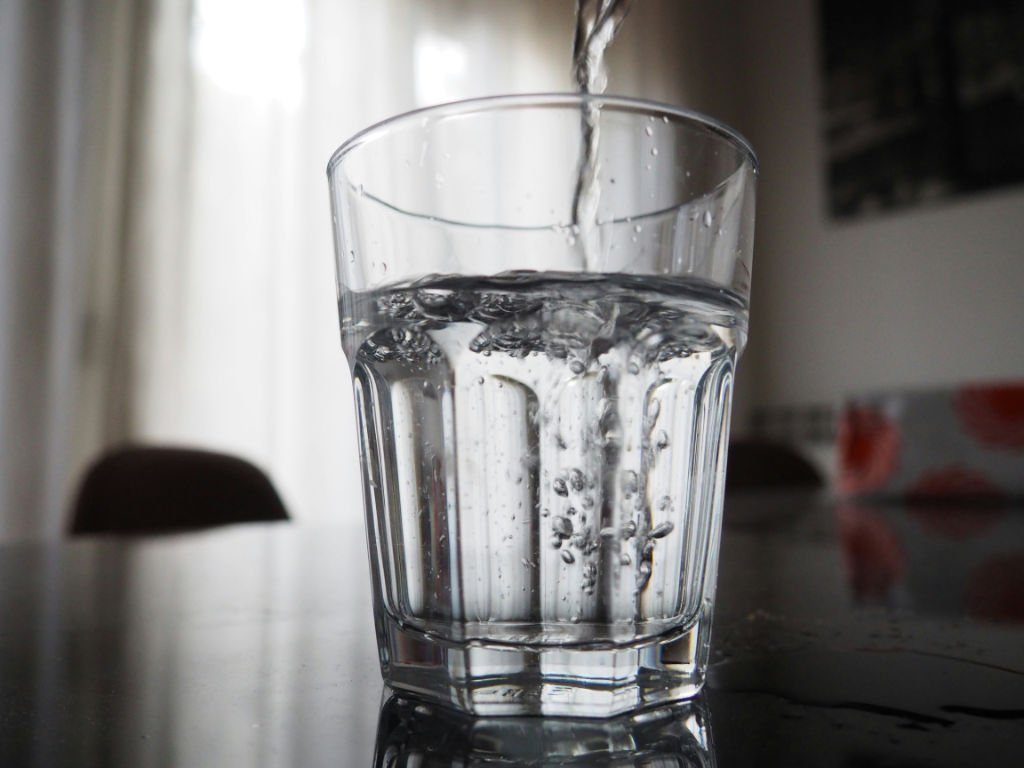
Advanced Hydration Techniques for Better Results
Can Facial Massage Boost Your Hydration Game?
Here’s something you might not have considered: the way you apply your products can impact their effectiveness. Gentle facial massage while applying your moisturizer or serum can increase blood circulation, which helps deliver nutrients to your skin cells and can improve the absorption of your hydrating products.
Use upward and outward strokes, starting from the center of your face and working toward your hairline and ears. Spend extra time on areas that tend to be drier, like around your eyes or the corners of your mouth. This technique not only feels relaxing but can actually enhance the benefits of your hydration techniques.
Should You Be Using Hydrating Tools?
Tools like jade rollers, gua sha stones, or even a good old-fashioned washcloth can enhance your hydration routine. These tools can help products penetrate better and provide a gentle massage that boosts circulation.
When using these tools, always apply your hydrating products first, then use the tool to gently work the products into your skin. This helps prevent tugging or pulling, which can actually damage your skin over time.
The Role of Exfoliation in Hydration
This might seem counterintuitive, but proper exfoliation can actually improve your skin’s ability to retain moisture. When dead skin cells build up on the surface, they can prevent your hydrating products from penetrating effectively.
Use a gentle exfoliant (chemical exfoliants like lactic acid are often better than physical scrubs) once or twice a week, then follow immediately with your most hydrating products. This combination can significantly boost the effectiveness of your hydration techniques.
Troubleshooting Common Hydration Challenges
Why Isn’t My Skin Getting More Hydrated Despite My Efforts?
If you’ve been diligent with your hydration routine but aren’t seeing results, there could be several factors at play. First, check your cleanser – if it’s too harsh or stripping, it might be undoing all your hydrating efforts. Look for gentle, pH-balanced cleansers that don’t leave your skin feeling tight.
Another common issue is using products in the wrong order. Generally, you should apply products from thinnest to thickest consistency. So that would be: cleanser, toner/essence, serum, moisturizer, and then oil or sunscreen.
Environmental factors can also sabotage your efforts. If you’re in a very dry climate, work in a heavily air-conditioned space, or are exposed to harsh weather conditions, you might need to adjust your routine accordingly.
What About Hydration for Mature Skin?
As we age, our skin naturally produces less oil and has more difficulty retaining moisture. This means hydration techniques become even more crucial for maintaining healthy-looking skin. Scientific studies show that well-hydrated mature skin can appear more youthful and resilient.
For mature skin, focus on ingredients like hyaluronic acid, ceramides, and peptides. These help not only with hydration but also with supporting the skin’s structure and barrier function. Don’t be afraid of slightly richer formulations – your skin can benefit from the extra nourishment.
Consider incorporating essential vitamins for radiant skin into your routine, as certain vitamins can support your skin’s natural hydration mechanisms.
Frequently Asked Questions About Skin Hydration
How Long Does It Take to See Results from Hydration Techniques?
Most people start noticing improved skin texture and reduced tightness within a few days of implementing proper hydration techniques. However, more significant changes like reduced fine lines, improved elasticity, and that coveted glow typically take 4-6 weeks of consistent use.
Remember, your skin has a natural renewal cycle of about 28 days, so patience is key when it comes to seeing dramatic improvements.
Can You Over-Hydrate Your Skin?
While it’s rare to truly over-hydrate your skin, you can overwhelm it with too many products or products that are too heavy for your skin type. Signs that you might be overdoing it include clogged pores, increased sensitivity, or a feeling that products aren’t absorbing properly.
If this happens, simplify your routine and focus on one or two high-quality hydrating products rather than layering multiple products.
Do I Need Different Hydration Techniques for Different Seasons?
Absolutely! Your skin’s needs change with environmental conditions. In winter, you’ll likely need richer, more occlusive products to combat dry air and harsh weather. In summer, lighter, water-based formulations work better to avoid feeling sticky in humid conditions.
Pay attention to how your skin feels and looks throughout the year, and don’t be afraid to adjust your routine accordingly.
Should Men Follow Different Hydration Techniques?
While men’s skin is typically thicker and produces more oil than women’s skin, the fundamental principles of hydration remain the same. Men might prefer lighter formulations and simpler routines, but proper cleansing, hydrating, and sun protection are just as important.
For men looking for comprehensive wellness approaches, check out this guide on men’s health and fitness which includes skincare considerations.
Can Diet Really Impact My Skin’s Hydration Levels?
Yes! Your diet plays a significant role in your skin’s overall health and hydration levels. Foods rich in healthy fats (like avocados, nuts, and fish) help support your skin’s barrier function, while foods high in water content contribute to overall hydration.
Conversely, excessive alcohol, caffeine, and processed foods can dehydrate your skin from the inside out. For more information on nutrition’s impact on skin health, explore these superfoods for immunity which also benefit skin health.
Creating Your Personal Hydration Action Plan
Now that you’re armed with all this knowledge about hydration techniques, it’s time to create a personalized plan that works for your lifestyle, skin type, and goals. Start simple – you don’t need to overhaul your entire routine overnight.
Begin by assessing your current hydration habits, both topical and internal. Are you drinking enough water? Is your current moisturizer appropriate for your skin type? Are you protecting your skin from environmental damage?
Pick one or two changes to implement first. Maybe it’s switching to a more suitable moisturizer for your skin type, or perhaps it’s adding a hydrating serum to your routine. Give these changes at least 4-6 weeks to work before adding more elements.
Remember, the best hydration techniques are the ones you’ll actually stick to consistently. A simple routine that you follow every day is infinitely more effective than a complicated one that you abandon after a week.
For those interested in a holistic approach to beauty and wellness, consider exploring women’s wellness and beauty routines that incorporate hydration as part of an overall health strategy.
The journey to beautifully hydrated skin isn’t just about buying the right products – it’s about understanding your skin’s unique needs and creating sustainable habits that support long-term skin health. With the right hydration techniques and a commitment to consistency, that glowing, supple skin you’ve been dreaming of is absolutely achievable.
Start where you are, use what you have, and do what you can. Your skin will thank you for it, and you’ll love the confidence that comes with having healthy, well-hydrated skin that glows from within.


